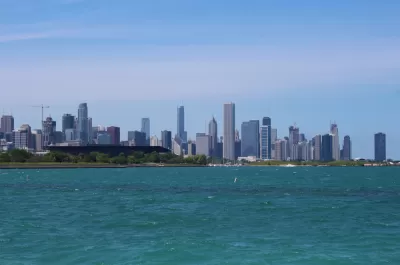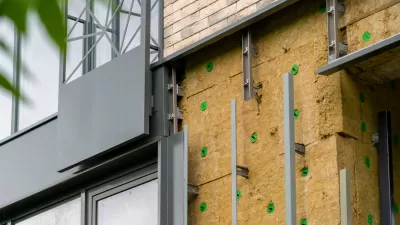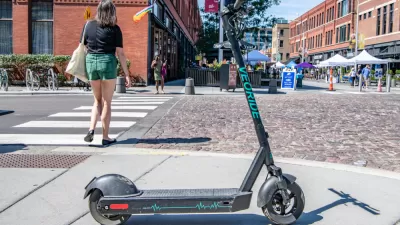Some "Opportunity Zones" will deliver more social end environmental benefits than others.

Responding to abundant concerns that the federal government's new Opportunity Zones programs could exacerbate problems of gentrification and displacement in some locations, a new report by non-profit advocacy organization LOCUS identifies the federally designated Opportunity Zones in Illinois "with the best potential to incentivize smart growth and deliver a triple bottom line," according to a post by Steven Vance.
"LOCUS measured walkability, job density, housing diversity, and distance to the nearest central business district, to create each Opportunity Zone's 'Smart Growth Potential' score," explains Vance. "LOCUS's report also measured transit accessibility, how much people pay for housing + transportation, diversity of household renters and owners, and social vulnerability to create each Opportunity Zone's "Social Equity + Social Vulnerability" (SEVI) score."
Following the report, Vance and company at MAP Strategies mapped the high potential opportunity zones in Illinois, including four in the city of Chicago.
FULL STORY: THESE FOUR OPPORTUNITY ZONES IN CHICAGO HAVE THE BEST WALKABILITY AND TRANSIT ACCESS

Planetizen Federal Action Tracker
A weekly monitor of how Trump’s orders and actions are impacting planners and planning in America.

Map: Where Senate Republicans Want to Sell Your Public Lands
For public land advocates, the Senate Republicans’ proposal to sell millions of acres of public land in the West is “the biggest fight of their careers.”

Restaurant Patios Were a Pandemic Win — Why Were They so Hard to Keep?
Social distancing requirements and changes in travel patterns prompted cities to pilot new uses for street and sidewalk space. Then it got complicated.

Platform Pilsner: Vancouver Transit Agency Releases... a Beer?
TransLink will receive a portion of every sale of the four-pack.

Toronto Weighs Cheaper Transit, Parking Hikes for Major Events
Special event rates would take effect during large festivals, sports games and concerts to ‘discourage driving, manage congestion and free up space for transit.”

Berlin to Consider Car-Free Zone Larger Than Manhattan
The area bound by the 22-mile Ringbahn would still allow 12 uses of a private automobile per year per person, and several other exemptions.
Urban Design for Planners 1: Software Tools
This six-course series explores essential urban design concepts using open source software and equips planners with the tools they need to participate fully in the urban design process.
Planning for Universal Design
Learn the tools for implementing Universal Design in planning regulations.
Heyer Gruel & Associates PA
JM Goldson LLC
Custer County Colorado
City of Camden Redevelopment Agency
City of Astoria
Transportation Research & Education Center (TREC) at Portland State University
Camden Redevelopment Agency
City of Claremont
Municipality of Princeton (NJ)





























